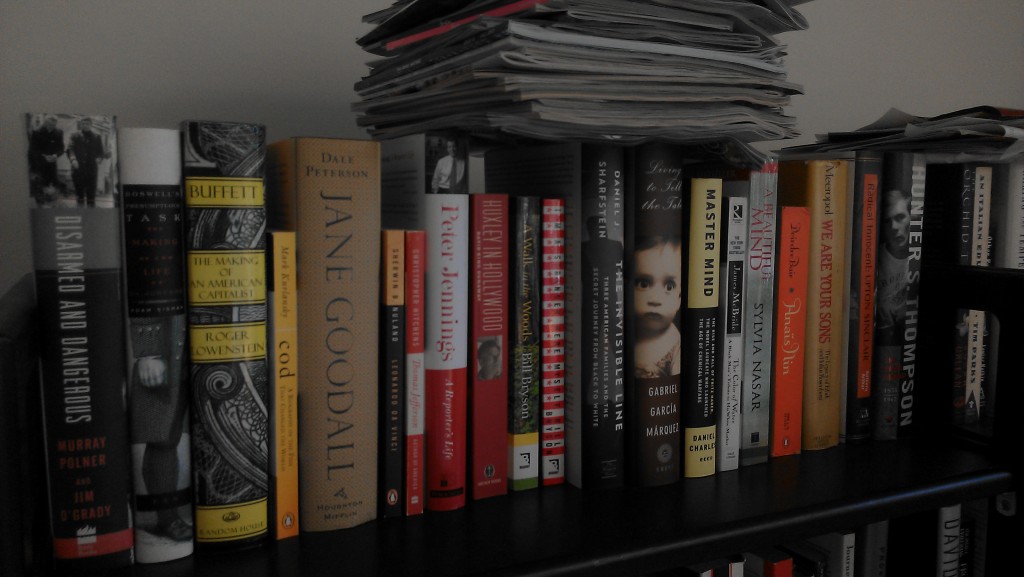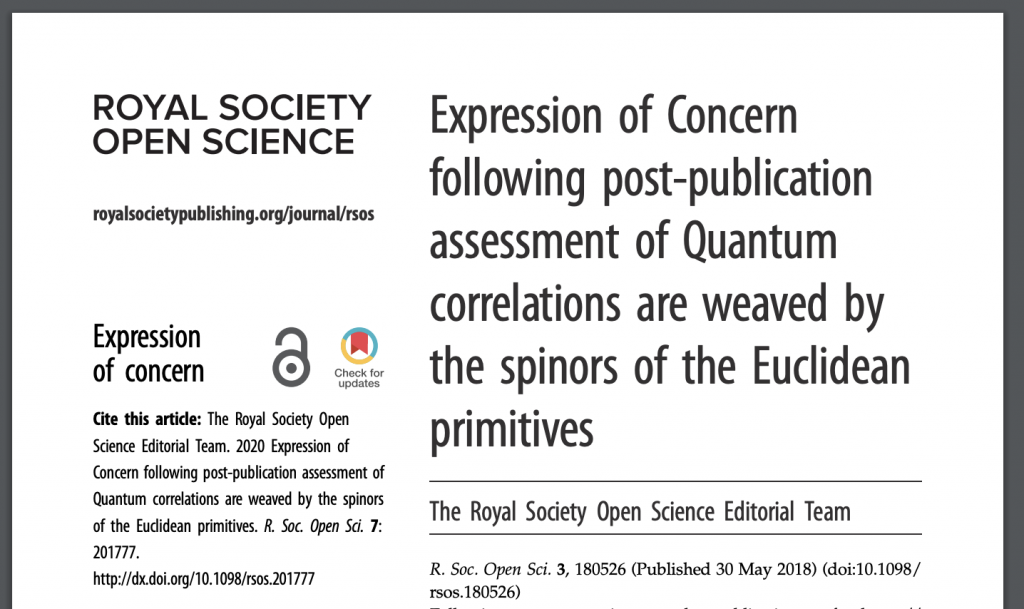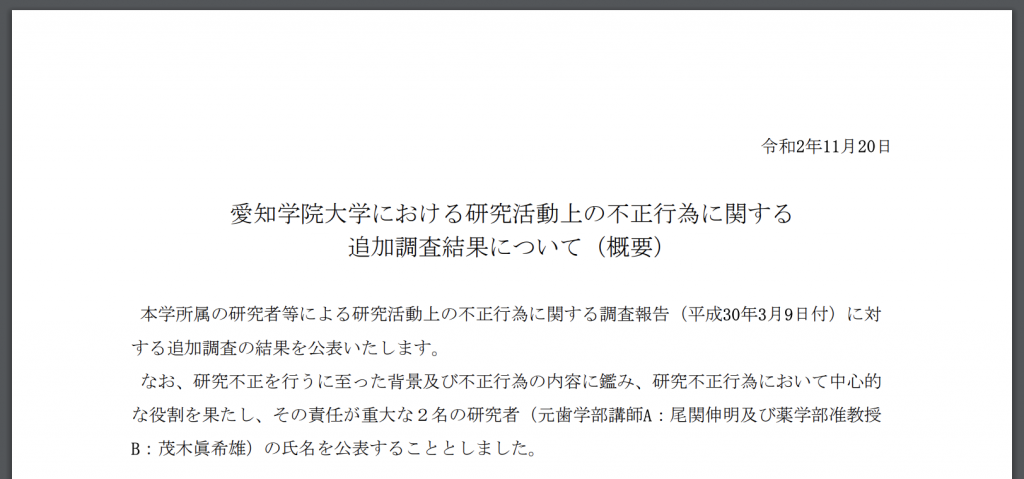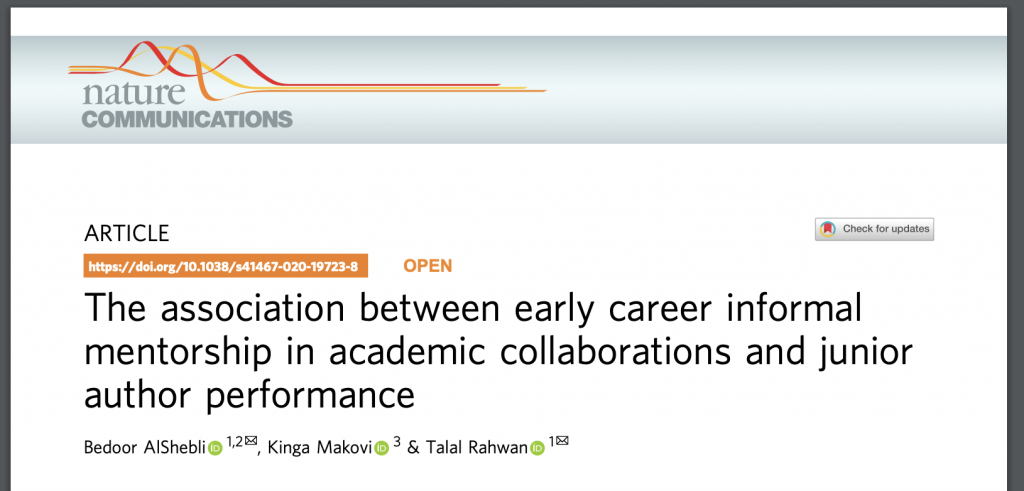
Before we present this week’s Weekend Reads, a question: Do you enjoy our weekly roundup? If so, we could really use your help. Would you consider a tax-deductible donation to support Weekend Reads, and our daily work? Thanks in advance.
The week at Retraction Watch featured:
- Johns Hopkins student newspaper deletes, then retracts, article on faculty member’s presentation about COVID-19 deaths
- Authors retract Nature paper after realizing some data were “calculated wrongly”
- Subtraction by addition: A journal expresses concern again — but this time, with feeling
- Former Harvard cancer researcher faked a dozen images, say Feds
- Stem cell researcher’s retraction count may near two dozen
- Psychologist’s paper retracted after Dutch national body affirms misconduct findings
Our list of retracted or withdrawn COVID-19 papers is up to 39.
Here’s what was happening elsewhere:
Continue reading Weekend reads: Robots come to scientific publishing; questions about a COVID-19 vaccine; funding by lottery






